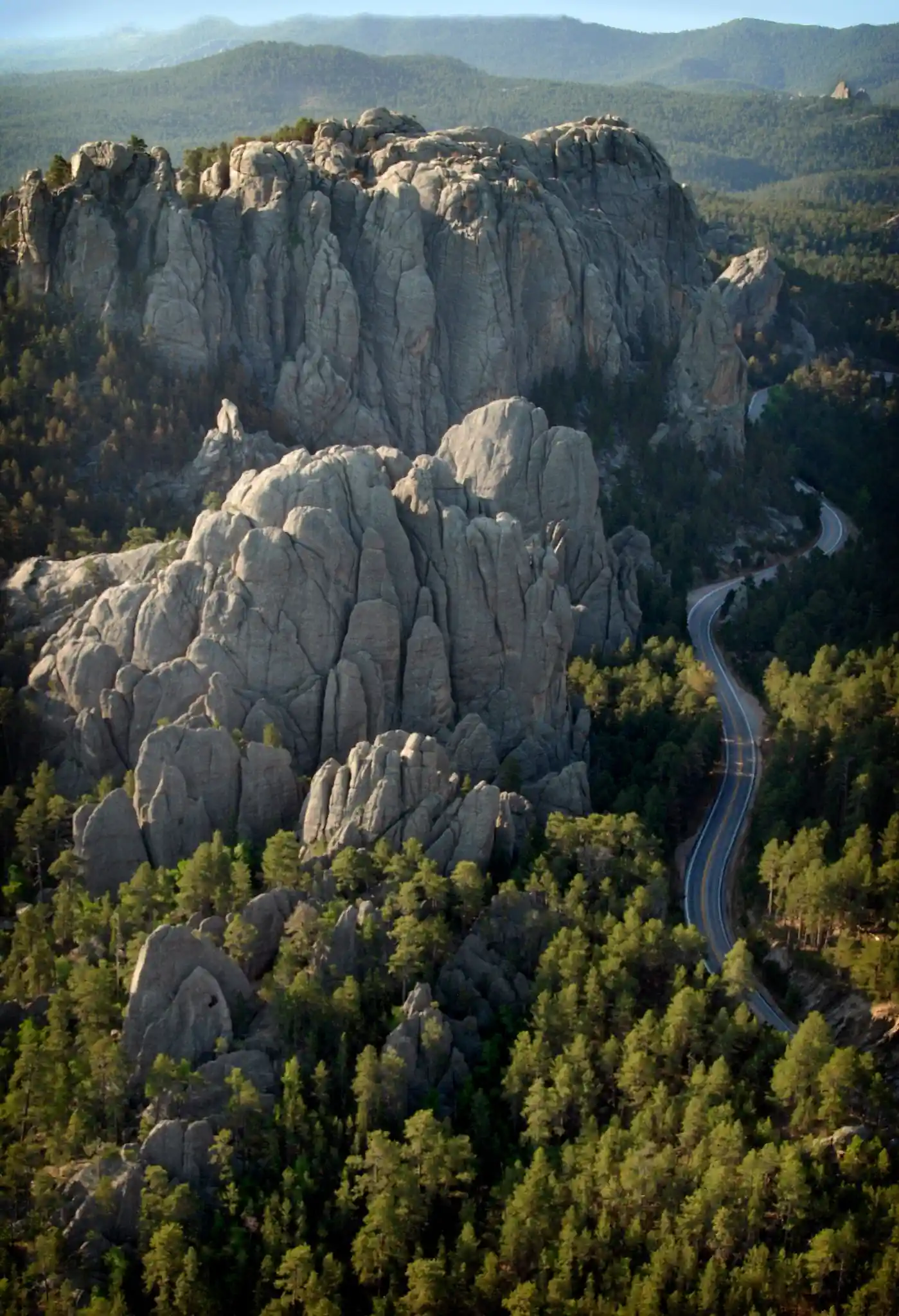Acknowledgement

The location of Kleemann House, is in the sacred Ȟesápa (Black Mountain Ridge), residing within the ancestral lands of the Očhéthi Šakówiŋ – Seven Council Fires; the homelands of Indigenous Nations with great Chiefs such as Thasunke Witko (Crazy Horse), Maȟpíya Lúta; | (Red Cloud), and Tatanka-Iyotanka (Sitting Bull) and fellow native peoples. It is located in close proximity to Maya Oniya (Breathing Earth), the sacred place of human emergence.
Furthermore, the location is within the unceded, sacred territory of the Očhéthi Šakówiŋ Confederacy, the Great Lakota/Dakota/Nakota Nations. An area stolen by the federal government in 1876 to satisfy the thirst of miner’s greed and promote the spread of European settlements in Lakota territory. The Ȟesápa geography falls under the 1868 Fort Laramie Treaty, between the Očhéthi Šakówiŋ and the U.S. Government.
The House is on Block One in an area now known and established in 1875 by European Northern Americans as the City of Custer. Custer is the oldest town established by European Northern Americans in the Black Hills.
Additionally, we acknowledge the hardships and tragedies inflicted on the Native Peoples, in the past and present. While also recognizing that deep challenges remain; for example, the city of Custer’s namesake is Colonel George Custer, who up until his defeat at the Battle of Greasy Grass (Battle of Little Bighorn) in 1876, led calvaries in wars against Native Americans over control of the Great Plains resulting in brutal killings of many indigenous people.
George A. Custer led his famous expedition of 1,000 men, including a military band, 2,000 animals, and 110 wagons into the Black Hills to investigate the rumors of gold ore there. While camping on French Creek near the present of Custer City, the prospector of the expedition, Horatio N. Ross found gold in the creek. In present day, the city of Custer holds an annual week long Gold Discovery Days celebration.
Our aim is that Kleemann House guests be cognizant of this impactful history and come together with love and respect for mother nature in all her wonders. May we live in harmony with Unci Maka (Grandmother Earth) and be stewards of her great glory.

